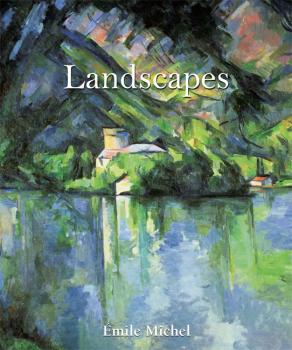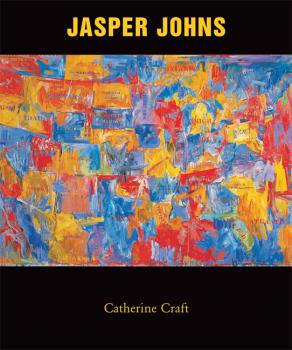ТОП просматриваемых книг сайта:
Confidential Concepts, Inc.
Все книги издательства Confidential Concepts, Inc.Аннотация
Информация о книге
Автор произведения Muriel Barbier
Жанр Изобразительное искусство, фотография
Серия Temporis
Аннотация
Информация о книге
Автор произведения Eugene Muntz
Жанр Изобразительное искусство, фотография
Серия Temporis
Аннотация
Информация о книге
Автор произведения Patrick Bade
Жанр Изобразительное искусство, фотография
Серия Temporis
Аннотация
Информация о книге
Автор произведения Eugene Muntz
Жанр Изобразительное искусство, фотография
Серия Temporis
Аннотация
Информация о книге
Автор произведения Emile Michel
Жанр Изобразительное искусство, фотография
Серия Temporis
Аннотация
Информация о книге
Автор произведения Catherine Craft
Жанр Изобразительное искусство, фотография
Серия Temporis
Аннотация
Информация о книге
Автор произведения James Smalls
Жанр Изобразительное искусство, фотография
Серия Temporis
Аннотация
Информация о книге
Автор произведения Gaston Migeon
Жанр Изобразительное искусство, фотография
Серия Temporis
Аннотация
Информация о книге
Автор произведения Vincent Arthur Smith
Жанр Изобразительное искусство, фотография
Серия Temporis
Аннотация
Информация о книге
Автор произведения Nikodim Pavlovich Kondakov
Жанр Изобразительное искусство, фотография
Серия Temporis










